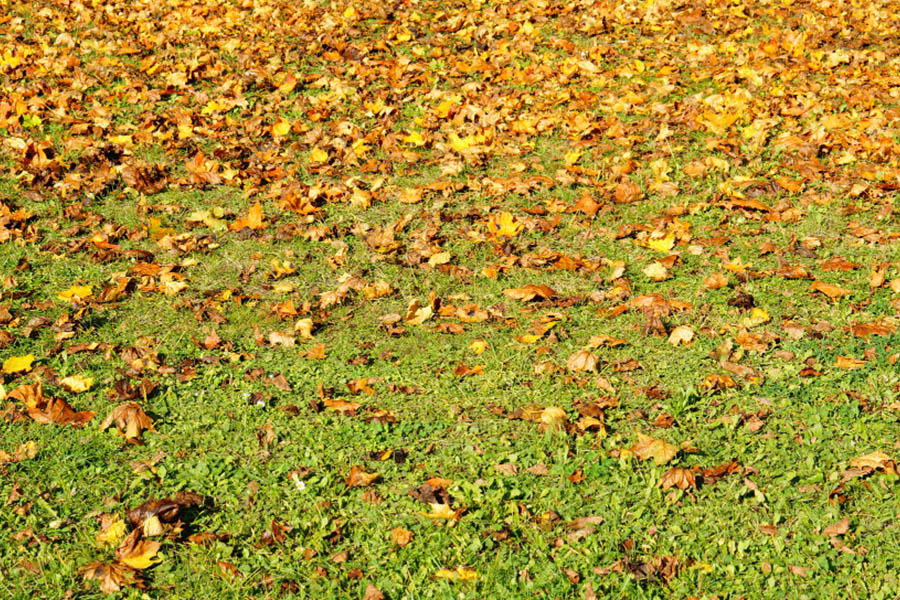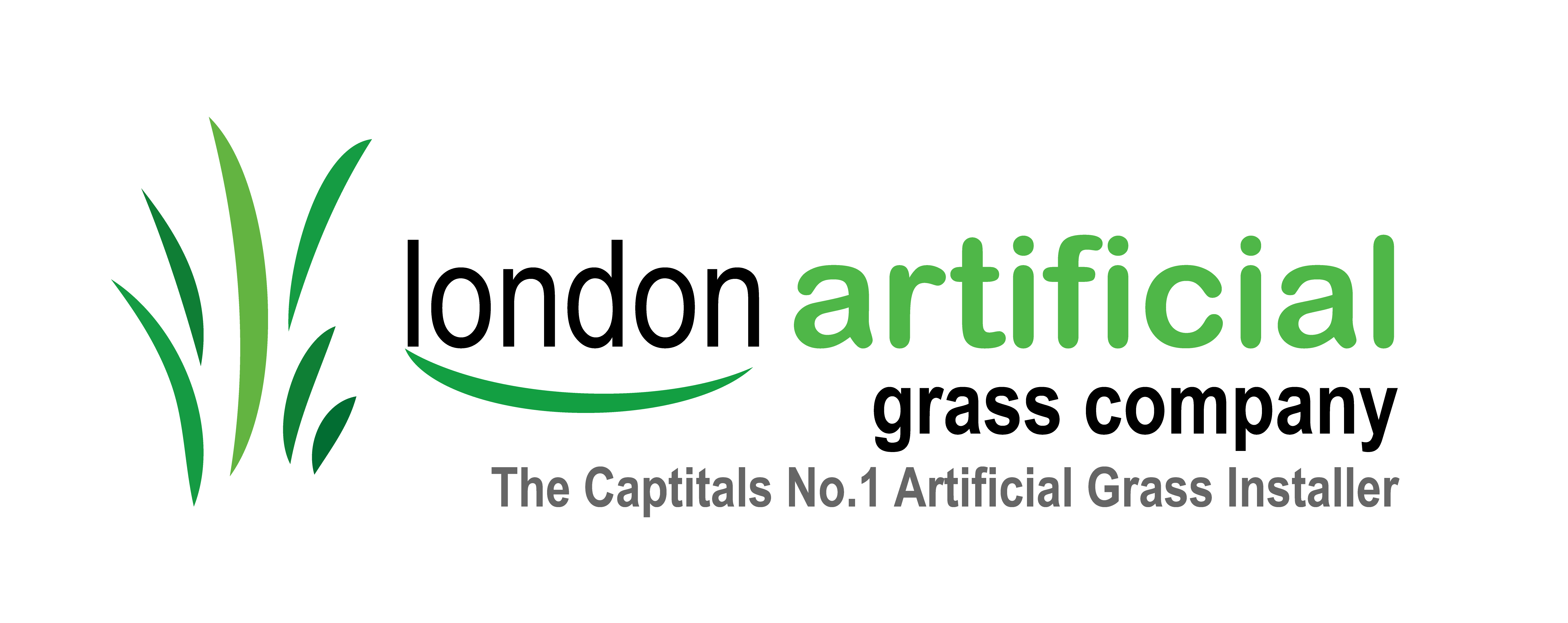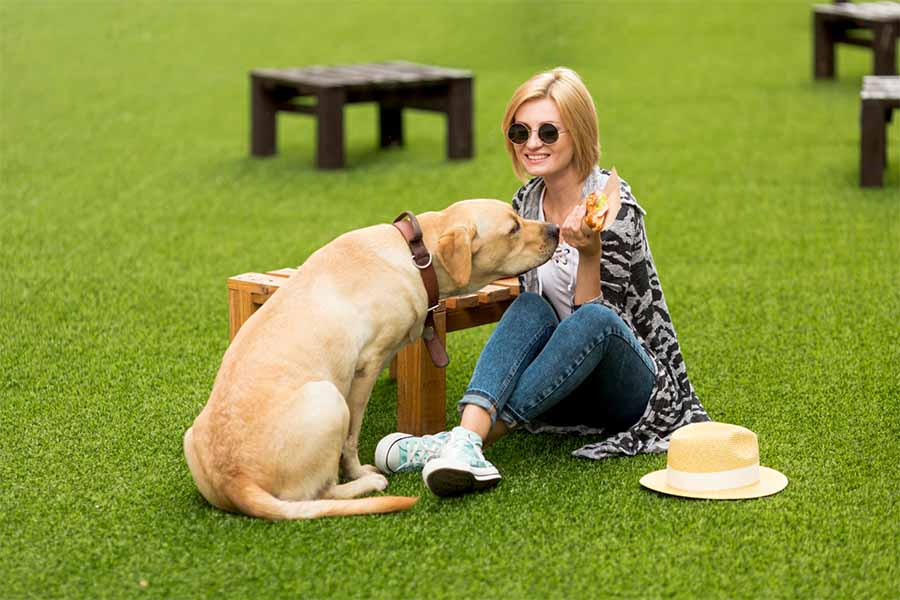How Durable is Fake Grass Installation in the UK with Heavy Foot Traffic?

For UK homeowners, schools, and commercial property owners, the idea of a beautiful, green lawn that remains pristine year-round—without the mud, mess, or constant upkeep—is highly appealing. That’s why fake grass, also known as synthetic grass, has become increasingly popular across the country. But for those planning to install it in high-traffic areas—like family gardens, play areas, pet zones, or public spaces—the key question remains: How durable is fake grass installation in the UK under heavy foot traffic?
In this blog, we’ll explore how modern synthetic grass installation UK services have evolved to provide exceptionally durable solutions, what factors influence longevity, and how to maintain your artificial lawn to ensure it withstands frequent use.
Understanding the Durability of Fake Grass
Modern fake grass is engineered to be far more resilient than the early generations of synthetic turf. Designed to replicate the look and feel of real grass, today’s products also incorporate heavy-duty materials that can handle high levels of wear and tear.
Key Components That Influence Durability:
- Fibre Type and Thickness
Synthetic turf is made using different types of plastic polymers like polyethylene and polypropylene. Polyethylene, in particular, is a popular choice for high-traffic areas due to its soft yet strong structure. Thicker fibres (measured in microns) tend to offer better resistance to flattening and damage. - Pile Height and Density
For heavy foot traffic, a pile height of around 25mm–35mm is generally ideal. Shorter pile heights reduce the chance of matting. Density also matters: the more fibres per square metre, the more durable and comfortable the grass will be. - Backing Material and Construction
High-quality backing ensures the fibres stay in place and can endure stress. Most professional fake grass installation jobs use a dual-layered or polyurethane-coated backing that resists movement and moisture damage. - Infill Type
Infill helps the blades remain upright and adds cushioning underfoot. For heavy-use areas, silica sand or rubber granule infills are commonly recommended to increase durability and improve drainage.
Where Heavy Traffic Really Matters
1. Residential Gardens with Children
Families with children often turn their back gardens into play zones. Whether it’s running, jumping, or setting up garden playsets, a quality synthetic grass installation UK can easily withstand this kind of wear when correctly chosen and installed.
2. Pet Areas
Dogs love to dig and run, but synthetic turf designed for pets is built with durability in mind. Reinforced backing and appropriate infill prevent tearing and allow for quick drainage.
3. Commercial Properties and Public Spaces
Schools, nurseries, gyms, and even rooftop terraces in UK cities are switching to artificial grass. These places experience intense daily use, yet premium-grade turf continues to perform well with the right specifications.
4. Entertainment Spaces
Many UK homes now feature garden bars, outdoor seating areas, or BBQ patios. These areas often involve furniture, foot traffic, and movement. Artificial turf offers the ideal flooring—comfortable, clean, and resistant to compressive wear.
Installation Quality: A Make-or-Break Factor
Even the highest-quality synthetic grass won’t perform well if installed poorly. A durable fake grass installation starts with proper groundwork.
What Professional Installers Do Right:
- Excavation and Sub-base Preparation: Removing natural turf and creating a compacted sub-base (using MOT type 1 or crushed granite) ensures the surface doesn’t sink or shift.
- Weed Membrane Layer: Prevents weed growth and maintains a stable base.
- Accurate Joining and Seaming: Ensures the turf won’t split or come apart under pressure.
- Effective Drainage: Allows water and pet waste to filter through without puddling.
Working with professionals experienced in synthetic grass installation UK ensures a longer lifespan and fewer maintenance issues over time.
How Long Does Fake Grass Last?
With proper installation and care, artificial grass in high-traffic UK settings can last 10 to 20 years. Several factors influence this lifespan, including:
- Quality of the grass fibres and backing
- Frequency and intensity of use
- Climate conditions (UK’s moderate weather is ideal for artificial turf)
- Maintenance routines (more on that below)
While low-grade turf might only last 5–8 years, premium products with UV protection, reinforced stitching, and commercial-grade durability can easily exceed a decade of consistent use.
Maintenance Tips to Extend Durability
One of the key advantages of fake grass is its low-maintenance nature. However, regular light care will ensure your lawn continues to perform under heavy foot traffic.
Basic Maintenance Includes:
- Brushing the Turf: Regular brushing against the grain helps the blades remain upright and prevents matting.
- Rinsing: Hose down the surface occasionally to remove dust, dirt, and pet waste.
- Removing Debris: Clear leaves and twigs to maintain appearance and drainage.
- Replenishing Infill: Over time, some infill might compact—topping it up maintains cushioning and support.
- Checking for Damage: Addressing small issues like seam separation or tears early can prevent larger repairs later.
Choosing the Right Supplier for Long-Term Durability
Not all artificial grass is made equal, which is why selecting a reputable synthetic grass installation UK expert is essential. Reliable companies will:
- Offer free site surveys and assessments
- Provide samples for touch and comparison
- Offer warranties on both product and installation
- Use turf tested for UV stability, drainage efficiency, and safety compliance
Some also provide maintenance packages—particularly helpful for schools, sports grounds, and landlords.
Environmental and Safety Considerations
Durable fake grass is also safe and environmentally friendly when responsibly sourced and installed.
- Non-toxic materials: Most modern turf is free from lead and heavy metals.
- Recyclable options: Many UK manufacturers offer recyclable or partly recycled products.
- Water conservation: No irrigation required, making it an eco-conscious alternative to traditional lawns.
Plus, without the need for fertilisers or pesticides, synthetic turf reduces chemical exposure for children, pets, and the environment.
Final Verdict: Can Fake Grass Handle Heavy Use?
The short answer is yes—high-quality fake grass installation can absolutely endure heavy foot traffic in UK gardens, schools, and commercial settings. With advancements in fibre technology, professional installation methods, and smart maintenance, synthetic turf is no longer just a visual enhancement. It’s a tough, practical, and long-lasting solution that adapts perfectly to busy modern lifestyles.
Whether you’re planning a lively garden for your kids, a pet-friendly lawn, or a robust green area for public use, synthetic grass installation UK experts can deliver a surface that stays beautiful and functional for years to come.
Ready to install durable, low-maintenance artificial grass in your high-traffic area?
Contact a trusted UK installer today and get a tailored quote for your space.




